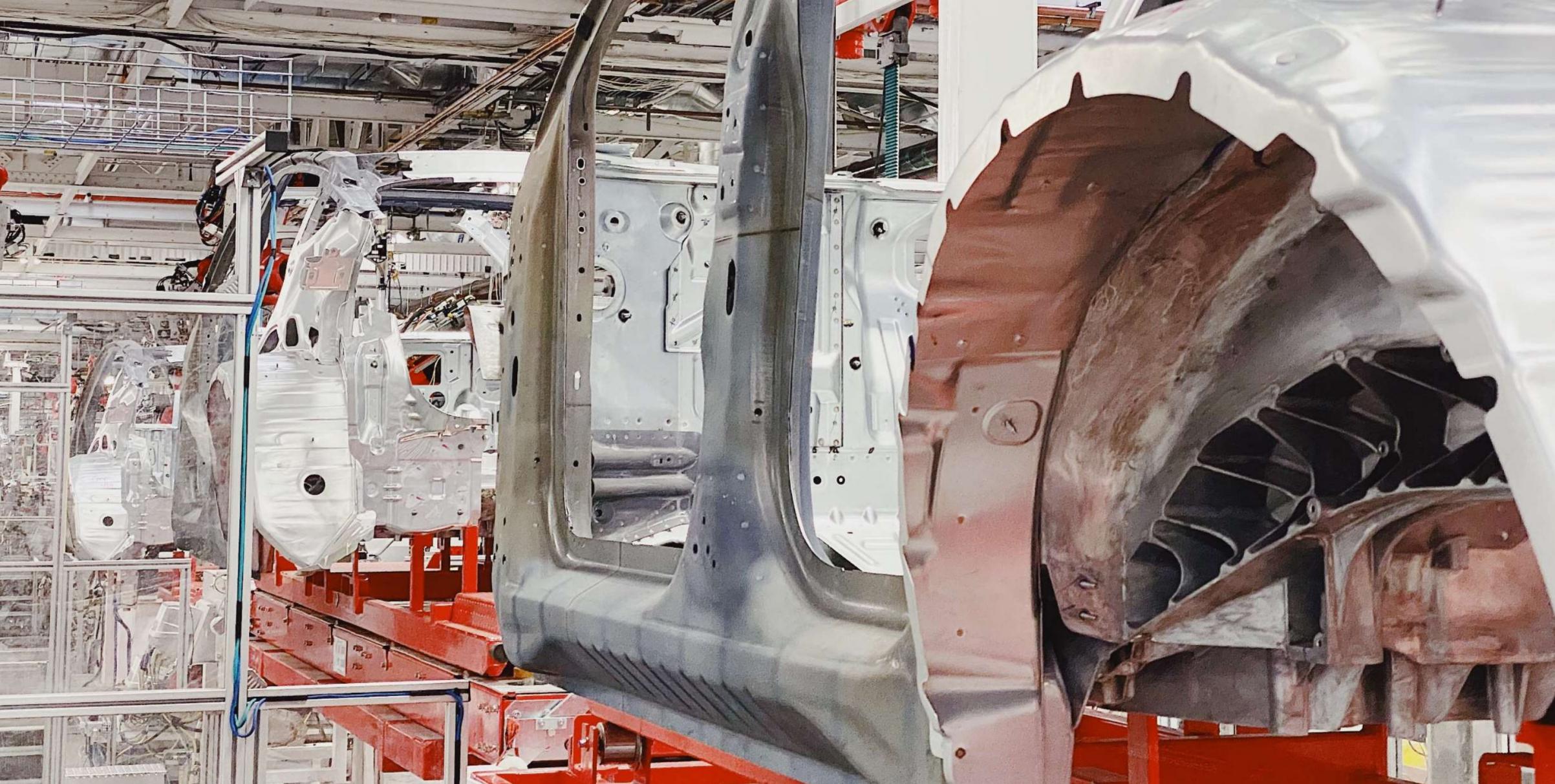
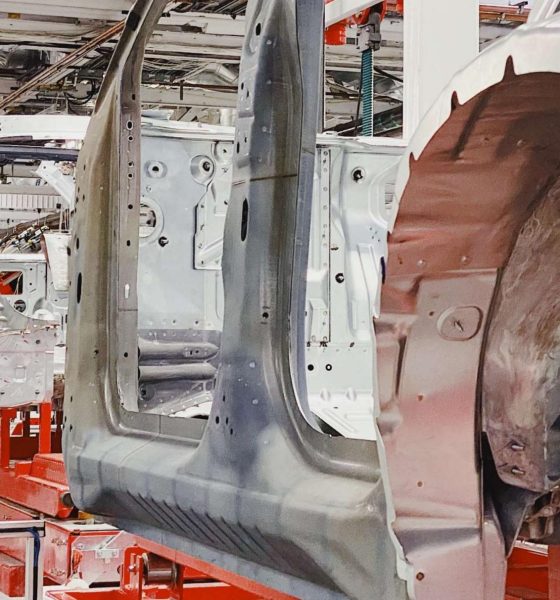
News
Tesla is gathering the pieces for an Alien Dreadnought 2.0 attempt at Fremont
Recent construction permits filed for the Fremont Factory suggest that Tesla is looking to improve the massive electric vehicle production facility’s automation even further. With the plant’s ongoing improvements, it almost seems like Tesla is about to attempt yet another crack at Elon Musk’s once-failed initiative: the “Alien Dreadnought” factory.
The Fremont factory has caught the attention of the nation in the past weeks, as Elon Musk and Tesla locked horns with officials from Alameda County who insisted that the facility remain shut even after California moved to its Stage 2 response for the ongoing pandemic. After a lawsuit, an act of bold defiance from the CEO, some strong words from a CA Assemblywoman against Musk, and support coming from both sides of the political spectrum, the plant was finally allowed to formally return to its normal operations.
But even during the shutdown, Tesla has been exhibiting signs that it intends to improve the Fremont factory. Permits for paint shop improvements were filed, for example, and similar documents were submitted for upgrades in the facility’s vehicle production lines. These lines were speculated to be allotted for Model Y production, which would allow the company to produce the all-electric crossover en masse without any issues.
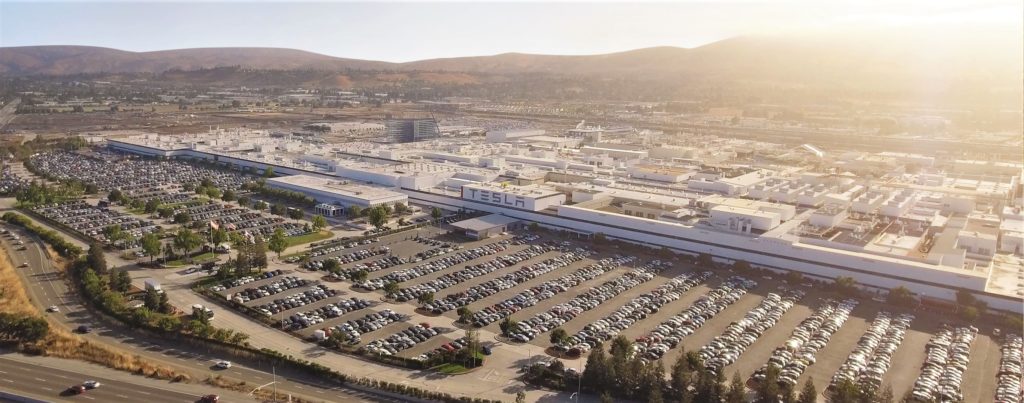
Just recently, Tesla also filed building permit applications for the addition of “MINO robot riser anchorage structural package” and “MINO Equipment and fixture anchorage” for the Fremont Factory. These may seem a bit understated, though a look at MINO’s expertise provides a notable hint at what Tesla may be planning for its main EV production facility in the United States.
MINO Automation is a firm that provides fully integrated automation production systems that are tailor-fit for its clients. As per the company’s website, MINO specializes in Body in White (BIW) manufacturing systems that concentrate on body framing, laser application, sealing, hemming, resistance welding, and automated stranger systems. MINO works with FANUC Robotics as well, which are also being utilized by Tesla.
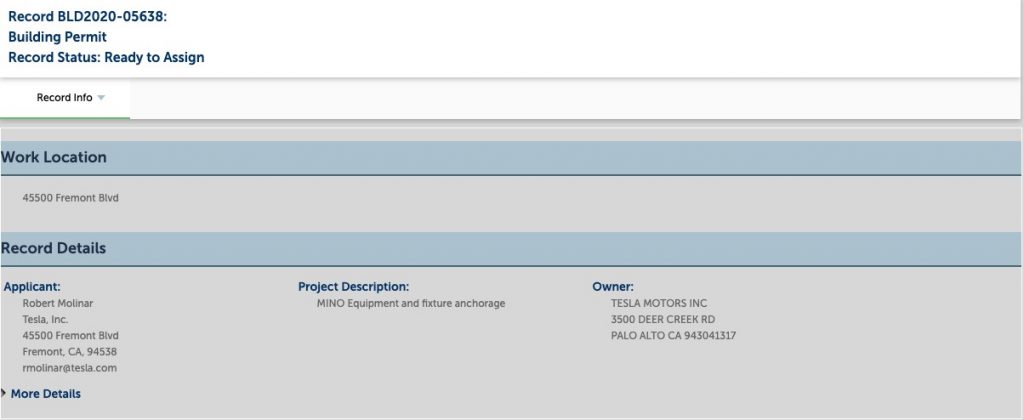
A look at Tesla’s recent building permit applications for the Fremont factory shows that the electric car maker is set on improving its plant, and it is also doing what it can to raise its automated processes. Just as Elon Musk intended during the Model 3’s initial delivery event, more automation would likely result in a smooth production ramp. This, of course, is especially important with the Model Y, Tesla’s highest-volume EV to date.
Those who have followed Tesla over the years would know that the company had already attempted an extremely-automated vehicle production approach in the past. Dubbed as Elon Musk’s “Alien Dreadnought” initiative, the program, which was intended for the Model 3, was supposed to be Tesla’s big breakthrough for vehicle production.
Alas, history would show that this was not meant to be, as issues with the over-automated line eventually forced Tesla to adopt a more human-centered approach to Model 3 manufacturing. Even Elon Musk eventually stated that humans are ultimately “underrated.”
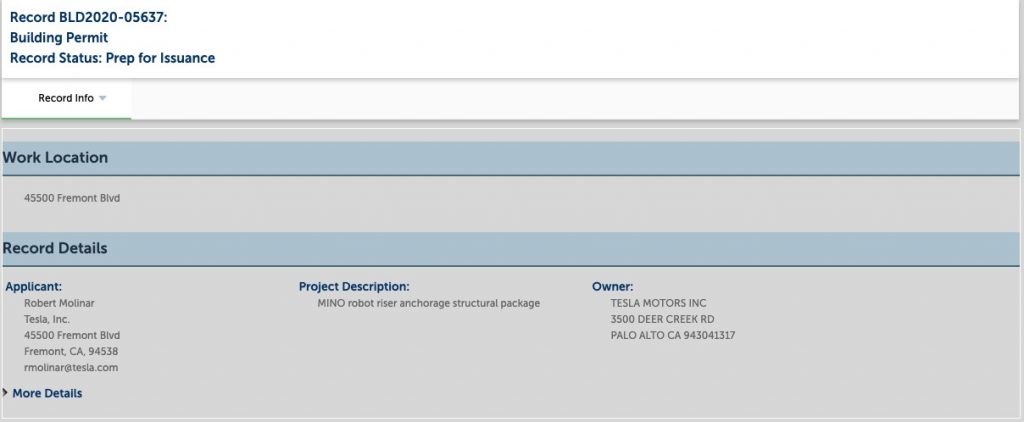
But Tesla today is not the same as the company as it was during the early days of the Model 3’s production ramp. Today, Tesla is an experienced mass-manufacturer of electric cars, having produced thousands upon thousands of Model 3 sedans last year. And the company is nowhere near done. Over in Shanghai, Tesla China is attempting to ramp its local Model 3 production at a pace that far exceeds the company’s operations in Fremont.
With this in mind, there seems to be no better time to attempt yet another crack at a hyper-automated factory than today. The Model Y is the perfect vehicle for such an initiative, considering that the crossover is a high-volume car that’s designed to be built in a simple and efficient manner. As per the findings of automotive teardown specialist Sandy Munro, the Model Y seems to be designed for automation, from its rigid wiring systems that are friendly to robots, to its giant casts that eliminate unnecessary parts.
Time will tell if Elon Musk and Tesla are going to attempt another Alien Dreadnought for the Fremont factory. But either way, the remaining months of the year will likely see the California-based electric car production facility manufacturing vehicles at a volume that has never been witnessed before.

News
Tesla Diner to transition to full-service restaurant as Chef heads for new venture
“I am leaving the Tesla Diner project to focus on the opening of Mish, my long-desired Jewish deli. Projects like Mish and the Tesla Diner require a sharpness of focus and attention, and my focus and attention is now squarely on Mish.”

Tesla Diner, the all-in-one Supercharging and dining experience located in Los Angeles, will transition to a full-service restaurant in January, staff said, as Chef Eric Greenspan said he would take on a new project.
A report from the Los Angeles Times says Greenspan confirmed through a text that he would leave the Diner and focus on the opening of his new Jewish deli, Mish.
Greenspan confirmed to the paper:
“I am leaving the Tesla Diner project to focus on the opening of Mish, my long-desired Jewish deli. Projects like Mish and the Tesla Diner require a sharpness of focus and attention, and my focus and attention is now squarely on Mish.”
Greenspan took on the job at the Tesla Diner and curated the menu back in March, focusing on locally-sourced ingredients and items that would play on various company products, like Cybertruck-shaped boxes that hold burgers.
Tesla Cybertruck leftovers are the main course at the Supercharger Diner
The Tesla Diner has operated as somewhat of a self-serve establishment, where Tesla owners can order directly from their vehicles through the center touchscreen. It was not exclusive to Tesla owners. Guests could also enter and order at a counter, and pick up their food, before sitting at a booth or table.
However, the report indicates Tesla is planning to push it toward a sit-down restaurant, full of waiters, waitresses, and servers, all of which will come to a table after you are seated, take your order, and serve your food.
It will be more of a full-featured restaurant experience moving forward, which is an interesting move from the company, but it also sounds as if it could be testing for an expansion.
We know that Tesla is already considering expanding locations, as it will be heading to new areas of the country. CEO Elon Musk has said that Tesla will be considering locations in Palo Alto near the company’s Engineering HQ, and in Austin, where its HQ and Gigafactory Texas are located.
Musk said that the Diner has been very successful in its first few months of operation.
News
Tesla adds new surprising fee to Robotaxi program
“Additional cleaning was required for the vehicle after your trip. A fee has been added to your final cost to cover this service. Please contact us if you have any questions.”

Tesla has added a new and somewhat surprising fee to the Robotaxi program. It’s only surprising because it was never there before.
Tesla shocked everyone when it launched its Robotaxi platform and offered riders the opportunity to tip, only to tell them they do not accept tips. It was one of the company’s attempts at being humorous as it rolled out its driverless platform to people in Austin.
As it has expanded to new cities and been opened to more people, as it was yesterday to iOS users, Tesla has had to tweak some of the minor details of the Robotaxi and ride-hailing platforms it operates.
First Look at Tesla’s Robotaxi App: features, design, and more
With more riders, more vehicles, and more operational jurisdictions, the company has to adjust as things become busier.
Now, it is adjusting the platform by adding “Cleaning Fees” to the Robotaxi platform, but it seems it is only charged if the vehicle requires some additional attention after your ride.
The app will communicate with the rider with the following message (via Not a Tesla App):
“Additional cleaning was required for the vehicle after your trip. A fee has been added to your final cost to cover this service. Please contact us if you have any questions.”
The cost of the cleaning will likely depend on how severe the mess is. If you spill a soda, it will likely cost less than if you lose your lunch in the back of the car because you had a few too many drinks.
This is an expected change, and it seems to be one that is needed, especially considering Tesla is operating a small-scale ride-hailing service at the current time. As it expands to more states and cities and eventually is available everywhere, there will be more situations that will arise.
The messes in vehicles are not a new situation, especially in a rideshare setting. It will be interesting to see if Tesla will enable other fees, like ones for riders who request a ride and do not show up for it.
News
Tesla Model Y sold out in China for 2025
Customers who wish to get their cars by the end of the year would likely need to get an inventory unit.

It appears that the Model Y has been sold out for 2025 in China. This seems to be true for the four variants of the vehicle that are currently offered in the country.
Tesla China’s order page update
A look at Tesla China’s order page for the Model Y shows a message informing customers that those who wish to guarantee delivery by the end of the year should purchase an inventory unit. This was despite the Model Y RWD and Model Y L showing an estimated delivery timeline of 4-8 weeks, and the Model Y Long Range RWD and Model Y Long Range AWD showing 4-13 weeks.
As per industry watchers, these updates on the Model Y’s order page suggest that Tesla China’s sales capacity for the remainder of 2025 has been sold out. The fact that estimated delivery timeframes for the Model Y Long Range RWD and AWD extend up to 13 weeks also bodes well for demand for the vehicle, especially given strong rivals like the Xiaomi YU7, which undercuts the Model Y in price.
Tesla China’s upcoming big updates
What is quite interesting is that Tesla China is still competing in the country with one hand partly tied behind its back. So far, Tesla has only been able to secure partial approval for its flagship self-driving software, FSD, in China. This has resulted in V14 not being rolled out to the country yet. Despite this, Tesla China’s “Autopilot automatic assisted driving on urban roads,” as the system is called locally, has earned positive reviews from users.
As per Elon Musk during the 2025 Annual Shareholder Meeting, however, Tesla is expecting to secure full approval for FSD in China in early 2026. “We have partial approval in China, and we hopefully will have full approval in China around February or March or so. That’s what they’ve told us,” Musk said.








